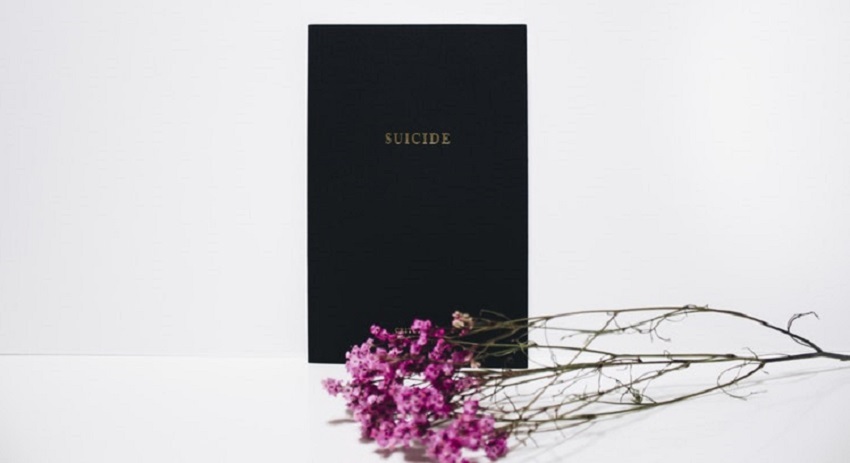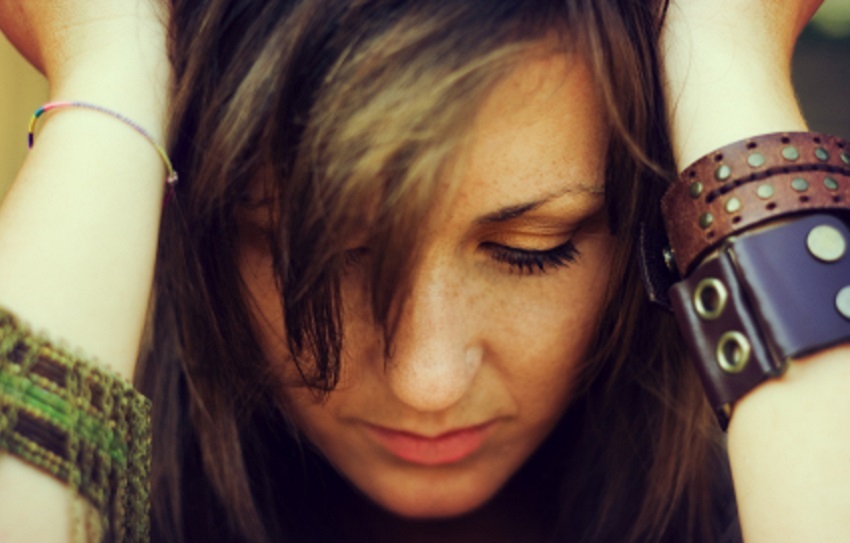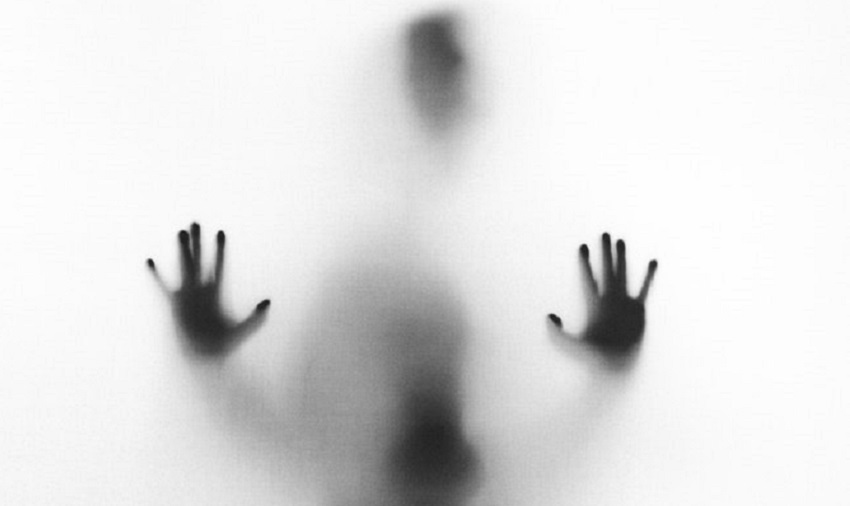Suicide after abortion

Abortion affects Women's health
After an abortion, a number of behavioural and social outcomes have been observed which affect women's health and their ability to deal adequately with certain situations. Those who are most at risk of developing significant post-abortion psychological problems have already been listed.
Post-abortion behaviours may be self-destructive and may even, as several studies have shown, include suicide, both actual and attempted.
In 1995 Gilchrist (66) examined psychiatric complications following abortion and found that the relative risk for self-harm among the aborting group of his study cohort was 1.7, i.e. they were 70% more likely to self-harm than the non-aborting group. Similarly, Speckhards study of 30 women post-abortion, found that 65% had suicide ideation and 31% had attempted suicide.
Abortion increases suicide risk
Although pregnancy weakens suicidal impulses, there is strong evidence that abortion dramatically increases the risk of suicide. According to a 1986 study by researchers at the University of Minnesota, a teenage girl is 10 times more likely to attempt suicide if she has had an abortion in the last six months than is a comparable teenage girl who has not had an abortion.Garfinkel, et al., Stress, Depression and Suicide: A Study of Adolescents in Minnesota, (Minneapolis: University of Minnesota Extension Service, 1986).
Other studies have found similar statistical significance between a history of abortion and suicide attempts among women. Thus, the actual data suggests that abortion is far more likely to drive an unstable woman to suicide than is pregnancy and childbirth.
Pregnancy decreases suicide risk
All the studies done on this issue show that pregnancy is actually correlated with a dramatic decreased rate of suicide compared to non-pregnant women. This has led some psychiatrists to suggest that pregnancy somehow serves a psychologically protective role. The presence of another person to "live for" appears to reduce the suicidal impulses of a mentally disturbed or deeply depressed woman. This was documented in Hilgers, et al, New Perspectives on Human Abortion (Frederick, Md.: University Press of America, 1981) 156.
Finnish Study
A major Finnish study undertaken by Gissler (67) using data from hospitals and government death certificates, established that the suicide rate in the year following childbirth, and the suicide rate in the year following an abortion, were dramatically different.
The figures below represent the suicide rate per 100,000 women in Finland:
1. Associated with childbirth 5.9
2. Associated with miscarriage 18.1
3. Associated with abortion 34.7
4. Mean annual rate for all women 11.3
This comprehensive study, which examined the records of almost 600,000 women, discovered a suicide rate among women who aborted nearly six times greater than among women who gave birth to their babies and three times higher than the general suicide rate. They concluded that "childbearing prevents suicide" and that the increased risk of suicide after an abortion may indicate the "harmful effects of abortion on mental health." According to the authors
Rather than being a relief, an abortion may be additional proof of their worthlessness and might contribute to suicidality and to the decision to commit suicide.
This prestigious study also claims that only 11% of the suicides following pregnancy had this connection stated in the death certificate. They conclude that there is a substantial under-reporting of suicide as an outcome of pregnancy, especially following abortion.
The researchers also comment on the connection between post-abortion suicide victims and social class. They note that there are higher post-abortion suicide rates among women in the lower social classes.
Negative after-effects
Abortion researcher David C Reardon 68 (author of Aborted Women: Silent no More) studied a sample of women who had abortions and who suffered negative after-effects. From these women, "60% had experienced suicidal ideation, 28% had attempted suicide and 18% had attempted suicide more than once, often several years after the event."
He goes on to say that, "actual data suggests that abortion is far more likely than pregnancy and childbirth to drive an unstable woman to suicide." He also quotes statistics from a chapter of Suiciders Anonymous and concludes that 1400 of 1800 post-abortion women who sought help from this support group were between the ages of 15 and 24. Reardon, a clinical and research psychologist, also suggests a reason why post-abortive women may develop suicidal tendencies.
Perhaps one reason for the strong abortion-suicide link exists in the fact that in many ways abortion is like suicide. Just as a suicidal person is crying out for help when she tells others of her death wish, so a woman who is distressed over a pregnancy is crying out for help when she tells others she is considering abortion. (69)
Welsh Study
A recent study addressing the link between suicide and abortion was conducted in Wales, among a population of 408,000 between 1991 and 1995. Morgan and colleagues (70) studied hospital admissions for attempted suicide among women who had abortions, women who had miscarriages and women who gave birth.
For women who miscarried or delivered, the authors found that the risk of suicide decreased after the event, while for women who aborted, the risk grew from minor before the abortion, to major after the procedure. Their data "suggest that a deterioration in mental health may be a consequential side effect of induced abortion."
They found that women who had induced abortions were 225% more likely to commit suicide than women who had normal deliveries.
US Study
A similar study (71) was conducted in the U.S. in 1997. Death certificates were compared with medical records for 173,279 women who underwent a state-funded delivery or induced abortion in 1989. Four years later the annual suicide rate was found to be 160% higher (7.8 compared to 3.0) among the women who aborted than among the women who gave birth.
The following are the figures for the U.S. annual suicide rate per 100,000 women aged from 15-44.
1. All women 5.2
2. Women who aborted 7.8
3. Women who delivered their baby 3.0
In the three countries; Wales, Finland and the U.S.A, research unmistakingly indicates that abortion increases the relative risk of suicide. On the contrary, the same research suggests that carrying a pregnancy to term greatly reduces the risk of suicide.
References
Suicide
66. Gilchrist et al, "Termination of pregnancy and psychiatric morbidity," British Journal of Psychiatry, 1995 August, 167(2):243-8
67. Gissler et al, "Suicides after pregnancy in Finland, 1987-1994, register linkage study," British Medical Journal 1996 December 7, 313(7070): 1431-4
68. Reardon D, "Aborted Women Silent no More," Chicago, Loyola University Press, 1987, p 129
69. Reardon D, "The Abortion/Suicide Connection," The Post-Abortion Review, Summer 1993; 1(2); p 1
70. Morgan et al, "Suicides after pregnancy, Mental health may deteriorate as a direct effect of induced abortion," British Medical Journal, 1997 Mar 22, 314 (7084); 902-3
71. Reardon D C, Ney P G, Scheurer F J, "Suicide Deaths Associated with Pregnancy Outcome: A Record Linkage Study of 173,279 low income American women," Archives of Women's Mental Health 2001, 3 (4) Suppl 2:104
Post abortion trauma

A 1987 study of women who suffered from post-abortion trauma found that 60 percent had experienced suicidal ideation, 28 percent had attempted suicide, and 18 percent had attempted suicide more than once, often several years after the event.A Survey of Psychological Reactions, Springfield, IL: Elliot Institute, 1987
Sadly, in at least one documented case, an 18-year-old committed suicide three days after having a suction abortion because of guilt feelings over having "killed her baby." Later examination of the clinic's records revealed that she had not actually been pregnant. Perhaps one reason for the strong abortion/suicide link exists in the fact that in many ways abortion is like suicide.
A person who threatens suicide is actually crying out for help. So are women who contemplate abortion. Both are in a state of despair. Both are lonely. Both feel faced by insurmountable odds.
Suiciders Anonymous
This abortion/suicide link is well known among professionals who counsel suicidal persons.
For example, Meta Uchtman, director of the Cincinnati chapter of Suiciders Anonymous, reported that in a 35 month period her group worked with 4000 women, of whom 1800 or more had abortions. Of those who had abortions, 1400 were between the ages of 15 and 24, the age group with the fastest growing suicide rate in the country.
A cry for help
To those who look deeply, and care deeply, it is clear that people who express a desire for suicide or abortion are really crying out for help. They are crying out for the support and encouragement to choose life, cherish life, and rejoice in life. They are crying out for an infusion of hope.
Just as a suicidal person is crying out for help when she tells others she wishes she were dead, so a woman who is distressed over a pregnancy is crying out for help when she tells others she is considering abortion. In both cases, the desperate person is reaching out in the hope that someone will announce they truly care, and will truly help them.
They need to see the value of life, their own as well as their child's, reflected in the love of those who would help them preserve that life.They need to hear that they are strong enough to triumph in the life that is theirs, and that whenever they grow weak, we will be there to strengthen them and even carry them. This requires us to engage in "costly love," a love that demands a real sacrifice of time, energy, and resources. Anything less, they will interpret as "You don't really care." Anything less, and they will be right.
Tragic case of Emma Beck
It was reported in the Telegraph that an artist killed herself after aborting her twins when she was eight weeks pregnant, leaving a note saying: "I should never have had an abortion. I see now I would have been a good mum." Emma Beck was found hanging at her home in Helston, Cornwall, on Feb 1 2007. She was declared dead early the following day - her 31st birthday.
Her suicide note read:
I told everyone I didn't want to do it, even at the hospital. I was frightened, now it is too late. I died when my babies died. I want to be with my babies: they need me, no-one else does.
The inquest at Truro City Hall heard that Miss Beck had split up with her boyfriend, referred to as "Ben" after he "reacted badly" to the pregnancy. She saw her GP before the termination, but missed an appointment at a hospital in Penzance. She then cancelled, but later turned up to an appointment at a clinic at Royal Cornwall Hospital in Treliske. The counsellor was on holiday so a doctor referred Miss Beck to a pregnancy counselling telephone service eight days before carrying out the abortion when she was eight weeks pregnant, the inquest heard.
The coroner, Dr Emma Carlyon, ordered that the identities of the doctor who performed the abortion and her lead consultant be kept secret. The inquest heard that Sylvia Beck, the victim's mother, wrote to the hospital after her daughter's death, saying: "I want to know why she was not given the opportunity to see a counsellor. "I believe this is what led Emma to take her own life - she could not live with what she had done."

Finish Study: 1996
Examining the recent medical history of suicide victims, researchers in Finland found a strong association between abortion and suicide. In their findings, published in the British Medical Journal (Mika Gissler, Elina Hemminki, Jouko Lonnqvist, "Suicides after pregnancy in Finland: 1987-94: register linkage study" British Medical Journal 313:1431-4, 1996) they report that "The suicide rate after an abortion was three times the general suicide rate and six times that associated with birth."
These findings are consistent with previous studies that have found that giving birth reduces the risk of suicide compared to the "normal" population while abortion increases the risk of suicide. Unfortunately, this study looked for an abortion only in the one year before the suicide. Because most women report a delayed post-abortion reaction, it is very possible that most abortion related suicides would occur in subsequent years.
Welsh Study : 1997
Christopher LI Morgan Research officer, Marc Evans Research registrar, John R Peters Consultant physician of the Department of Medicine, University Hospital of Wales, Cardiff conducted a study in their health authority during the years 1991 - 1995 (population 408,000). They linked admissions for miscarriage, induced abortion, and normal delivery to admissions for suicide attempts in their health authority (population 408 000) during 1991-5. Their study was reported in the British Medical Journal Volume 314, 22 March 1997
The age standardised relative risk of admission for attempted suicide compared with the non-gestational female population (ages 15-49) followed a similar pattern to that reported for mortality from suicide; it was 2.17 (95% confidence interval 1.45 to 3.24, P<0.001) for women admitted for miscarriage, 1.92 (1.29 to 2.88, P<0.001) for those admitted for induced abortion, and 0.94 (0.73 to 1.20, NS) for those admitted for normal delivery.
The age adjusted relative risk of suicide admission for women admitted for miscarriage compared with women admitted for normal delivery was 2.84 (1.67 to 4.81, P<0.001) before the event and 2.29 (1.13 to 4.65, P<0.05) afterwards. For induced abortion the relative risk was 1.72 (0.92 to 3.17, NS) before and 3.25 (1.79 to 5.91, P<0.001) afterwards.
The non-significant increase in the induced abortion group before the event could be explained by the fact that six (46%) admissions for attempted suicide occurred within 90 days of the termination. In these cases, attempted suicide may be a consequence of the pregnancy rather than a feature of underlying mental illness. In the miscarriage group three (17%) admissions for attempted suicide occurred within 90 days before the miscarriage compared with none in the normal delivery group.
The increased risk of suicide after an induced abortion may therefore be a consequence of the procedure itself. The non-significant increase in admissions before an induced abortion is possibly explained by factors relating to the pregnancy. Hence this group of women in general does not seem to be at increased risk of suicide. Interestingly, this does not seem to be the case for women who miscarry spontaneously; their suicide rate is greater before miscarriage and reduced afterwards.
Their data suggest that a deterioration in mental health may be a consequential side effect of induced abortion. Furthermore, poor mental health, as measured by suicide admission rates, seems unlikely to predispose to abortion. The relation between mental health and miscarriage, however, requires further investigation.